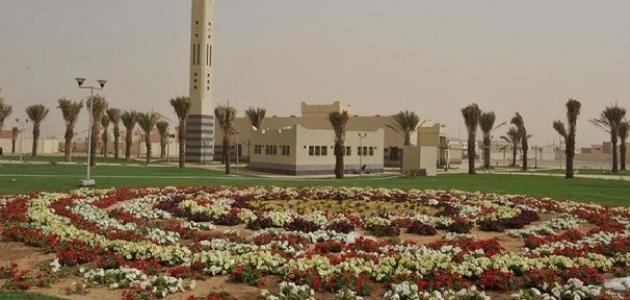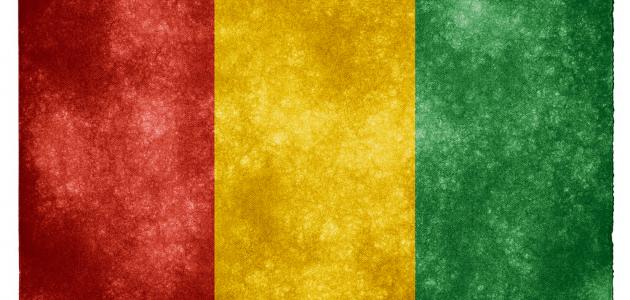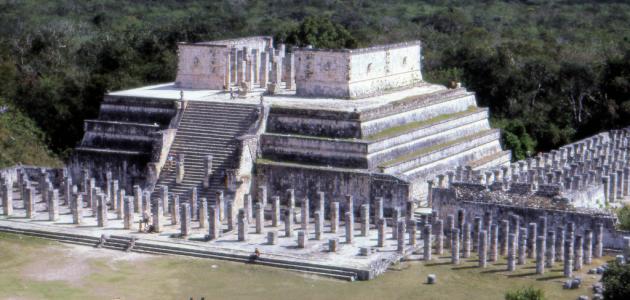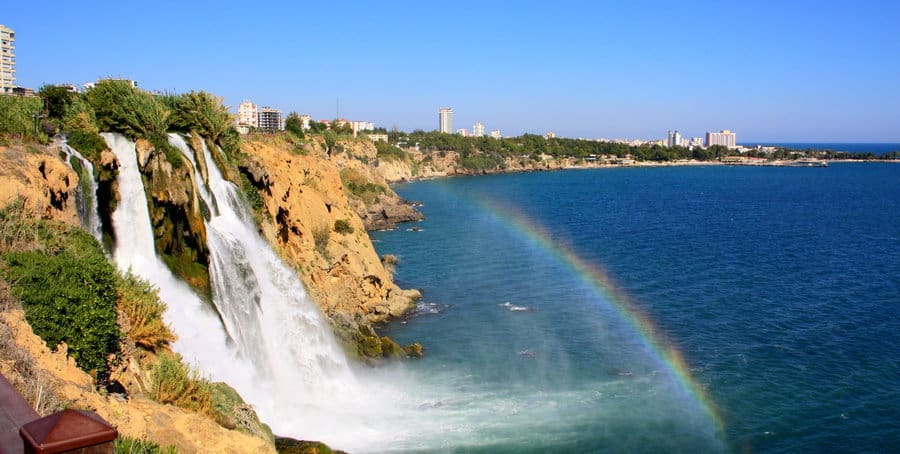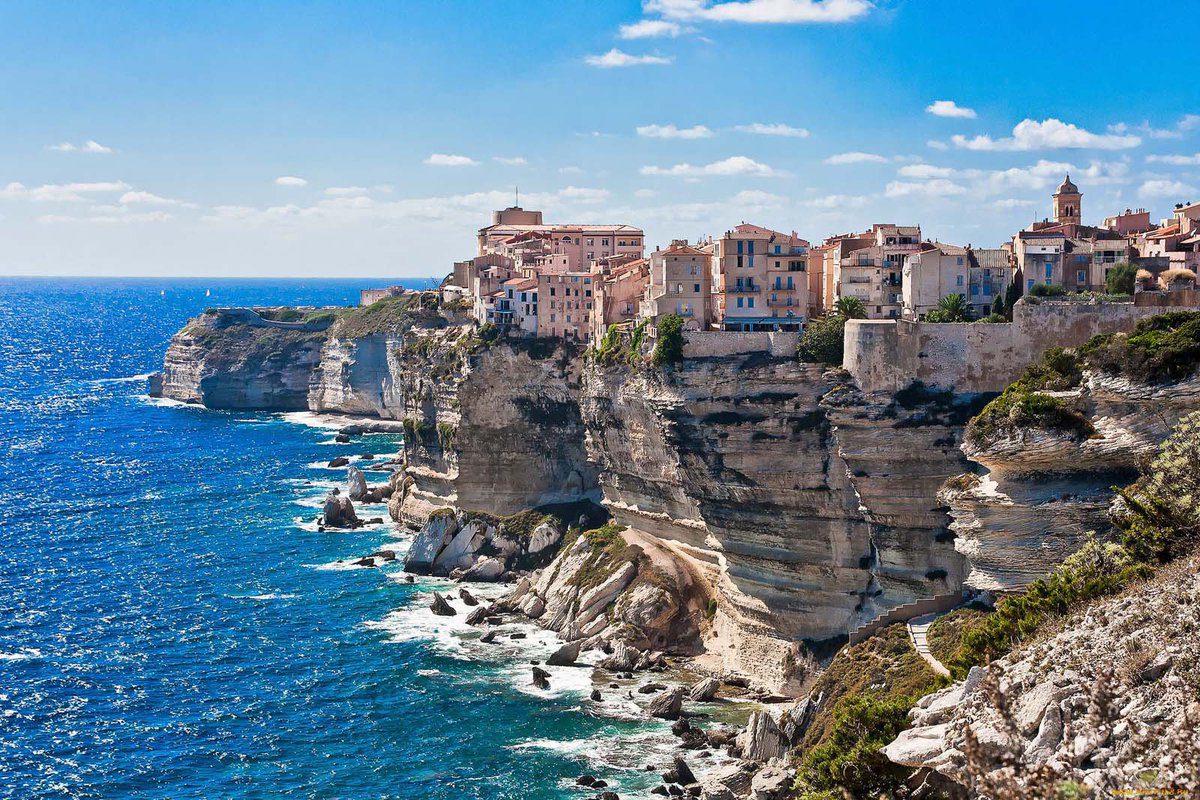Table of Contents
Lot Desert
Lot desert lies in the semi-tropical range between latitudes 30-34 degrees north to the southeast of the heart of Iran, and extends to 1100 km longitudinally, and the width of 100-200200 km, which is a modern desert created by dry conditions due to the distance from the sources of marine humidity, surrounded by a wall of mountain walls, and lower compared to it In the surrounding mountains, which led to the formation of cold, hot and dry air masses, and in this article we will introduce you to them.
Terrain shapes in Lot desert
- Mountain fringe plains that are flattened by river and river streams with their terraces and flood fans.
- Stone deserts in the mountains.
- Hamada, slavery in the plains and plateaus.
- Wide and diverse sandy terrain.
- Water-based terrain, such as marshes, salts and experiences.
- Gorgeous windy terrain, such as sandy cities, caves, porches, gin tables, furrows and canyons.
Climate of Lot desert
Lot desert climate is a very continental desert and dry climate, and it carries some characteristics of the Mediterranean climate. It must be pointed out that many factors that affected the desert climate are available, such as: the peculiarity of the very cold semi-tropical range in winter as a result of low solar radiation and a very low temperature. In addition to the desert’s distance from marine influences and its hiding behind mountain ranges, it was affected by high pressure centers, hot dry masses in summer, and the division of the year into a spring winter precipitation period, and a summer period characterized by absolute drought.
Water in Lot Desert
The water is subject to qualitative and quantitative conditions due to exceptional drought conditions. It contains permanent streams that are not present in the foothills of the mountains surrounding the dry desert, and from these rivers, the Rudi Shore and Tigab River, and also contains some lakes, such as Lake Nemek Zar in East Kerman.
Plants in Lot Desert
It contains dried plants that appear in several types. Some of the rocky plant groups have the following:
- Sand plants: Where it spreads in the sand, and it contains grazing herbs and herbs, in addition to dwarf bushes.
- Pebble desert clay plants: Where it is found in large quantities, the most important of which are grass, pasta, wormwood and grasses.
- Saline desert mud and clay sandy plants: Like citrus.
- Fresh water plants in valleys and rivers: Like poplar, willow, and parable.
Lot desert soil
Lot’s desert soil is a primitive soil, salted to varying degrees, as it does not spread over all areas, most of which cover slavery, sand dunes, and praise, and the best soil found at the foothills is the light gray alkaline ceramics, which are characterized by containing salts, while The soils in river valleys are grayish-brown, which can be invested.
Animals found in Lot Desert
Contains some animals and insects, such as snakes, large and regular lizards, spiders, scorpions, rabbits, deer, foxes, wild cats, wolves, bears, hyenas, pigs, wild sheep, and birds.


